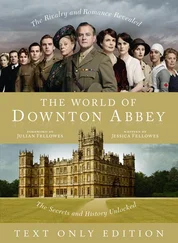
COPYRIGHT
Fourth Estate
An imprint of HarperCollins Publishers Ltd.
1 London Bridge Street
London SE1 9GF
www.harpercollins.co.uk
First published in Great Britain by HarperCollins Publishers 1994
Copyright © Tim Jackson 1994, 1995
Tim Jackson asserts the moral right to be identified as the author of this work
All rights reserved under International and Pan-American Copyright Conventions. By payment of the required fees, you have been granted the nonexclusive, nontransferable right to access and read the text of this ebook on-screen. No part of this text may be reproduced, transmitted, downloaded, decompiled, reverse-engineered, or stored in or introduced into any information storage and retrieval system, in any form or by any means, whether electronic or mechanical, now known or hereafter invented, without the express written permission of HarperCollins ebooks
HarperCollins Publishers has made every reasonable effort to ensure that any picture content and written content in this ebook has been included or removed in accordance with the contractual and technological constraints in operation at the time of publication
Source ISBN: 9780006382676
Ebook Edition © DECEMBER 2016 ISBN: 9780008240646
Version: 2017-01-05
DEDICATION
For Emily Marbach
CONTENTS
COVER
TITLE PAGE
COPYRIGHT
DEDICATION
PROLOGUE: Concealing the Art
1 1969: Easy Work, Good Money
2 One Per Cent of Tubular Bells
3 Broken Bottles
4 Media Mogul
5 Do You Really Want to Hurt Me?
6 Dear Randolph
7 To Market, To Market
8 ‘Too Liberal a Use of the Lawyers’
9 The Little Boys and Their Boats
10 Hales and the Lionheart
11 Enlightened Capitalism
12 ‘I’ve Got to Believe You’re Serious about It’
13 Hot Air
14 Flying Across Two Oceans
15 Recovery in Woodstock Street
16 A Man of Property
17 Branson Succumbs to Takeover Fever
18 Loos, Booze and Upper Class
19 The Price of Privacy
20 Playing at Retailing
21 How John Thornton Earned His $3m
22 The BA Bonus
23 Heathrow Airport and the Slot Machine
24 A Matter of Timing
25 The £40m Wager
EPILOGUE
KEEP READING
CHRONOLOGY
INDEX
ACKNOWLEDGEMENTS
ABOUT THE AUTHOR
OTHER BOOKS BY
ABOUT THE PUBLISHER
PROLOGUE: CONCEALING THE ART
RICHARD BRANSON is Britain’s best-known entrepreneur, but it is not for his business activities that he is famous. Branson first achieved celebrity with his 1985 attempt on the Transatlantic sea speed record. Since then, he has ballooned across the Atlantic and the Pacific; spent an unhappy year at the helm of a Conservative government campaign to clean up the environment; launched a new brand of condoms in the hope of encouraging young people to have safer sex; and made a bid to run Britain’s National Lottery, which was unsuccessful despite his promise to give away all his profits to charity.
Even when it is his business interests that bring him into the public eye, it is more often Branson the public-relations man than Branson the entrepreneur that is on display. If his picture is in the newspapers, it might be in order to announce a new plan to redevelop the old GLC County Hall on the south side of Westminster Bridge, and to drum up interest in the hotel and leisure complex that Branson hopes to build there; or to persuade the Radio Authority that Virgin 1215, Branson’s medium-wave pop-music radio station, should be allowed to change to a more profitable frequency on FM. Or it could be to announce Virgin’s participation in a consortium running trains between London and Paris through the new Channel Tunnel; or to win a £5m legal case against Lord King’s British Airways. In every case, the coverage has a sound commercial reason behind it.
Only rarely does Richard Branson find his business activities under scrutiny against his will – and almost never does the public see this most public of entrepreneurs doing what he spends most of his time doing. But there should be no mistake: like most people who run companies of comparable size, Branson devotes most of his waking hours to his businesses – hiring staff, negotiating deals with other companies, conferring with lawyers and accountants, telephoning scores of his managers all over the world, answering letters from behind his desk. Few questions are asked about this side of his life; fewer still are answered.
This may be paradoxical, but it is not accidental. There are two Richard Bransons, one behind the other. The public man is informal, friendly, idealistic, happy-go-lucky, attached to his family, guided by strong principles, concerned to improve the society he lives in. The private man is a ruthlessly ambitious workaholic; a hard bargainer, an accountant with an instinctive feel for minimizing the losses on each new venture; a gambler who prefers to put his assets at risk every day rather than retire to a life of luxury on what he has already made. He is an empire-builder who keeps the inner workings of his businesses secret, and requires senior employees to sign binding confidentiality agreements before they come to work for him; a figure of great wealth and political influence who would not dream of breaking the law, but is equally determined not to pay a penny more in tax than he has to; an important customer for a number of top legal and accountancy firms, who knows the value of highly paid advice; and a business partner who may be informal and positive when he is being fairly treated, but will go to the High Court for a writ without a moment’s hesitation when he believes he is not.
Most public figures would be hard put to maintain such a distance between their outer and inner selves. Yet there is nothing fraudulent about the way Richard Branson behaves. The key to understanding him is that his warm public persona is not a façade. It is every bit as real as the commercial steel underneath. But Branson has realized, instinctively if not consciously, that his business interests dictate which Richard Branson he should put first, and which the public should believe in. His motto ought to be ars est celare artem – art lies in concealing the art.
In many ways, Richard Branson is a model of what the socially responsible company chairman ought to be. A visit to his office provides the first clues. It is not an office at all, in fact, but a large white stucco house in Holland Park, a few miles to the west of Marble Arch in central London. The house could hardly be described as modest – it is worth at least £5m – but less than a dozen people work inside, an astonishingly small number for the centre of a group of companies whose value is approaching £Ibn. Branson himself keeps a desk in a sparsely decorated room on the first floor, but prefers to conduct his business from an apricot-coloured sofa in the sitting room that occupies the left half of the entire ground floor. To the right of the entrance hall, there is a large dining room for business lunches and dinners, with twenty or more chairs around its table. Branson’s diary and his correspondence are dealt with by a personal assistant and two other secretaries; his press chief works in another room, with an assistant of his own. All the different Virgin Group businesses have their own headquarters, mostly in modest buildings scattered within a mile or two of the house. The nearest thing that the company has to a headquarters, apart from Holland Park, is in a three-storey building of brown brick around the corner in Campden Hill Road. That is where Trevor Abbott, the group’s chief executive, keeps tabs on the money; that is the registered office of many of the hundred or so companies that make up Branson’s empire.
Читать дальше
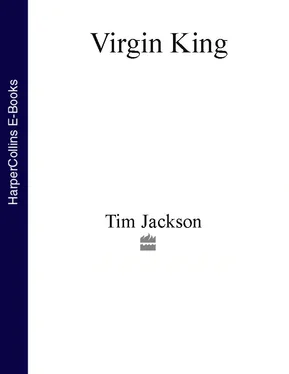

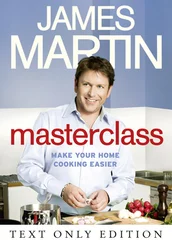





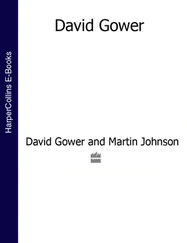

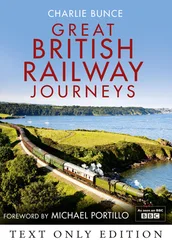
![Brian Thompson - A Monkey Among Crocodiles - The Life, Loves and Lawsuits of Mrs Georgina Weldon – a disastrous Victorian [Text only]](/books/704922/brian-thompson-a-monkey-among-crocodiles-the-life-thumb.webp)

